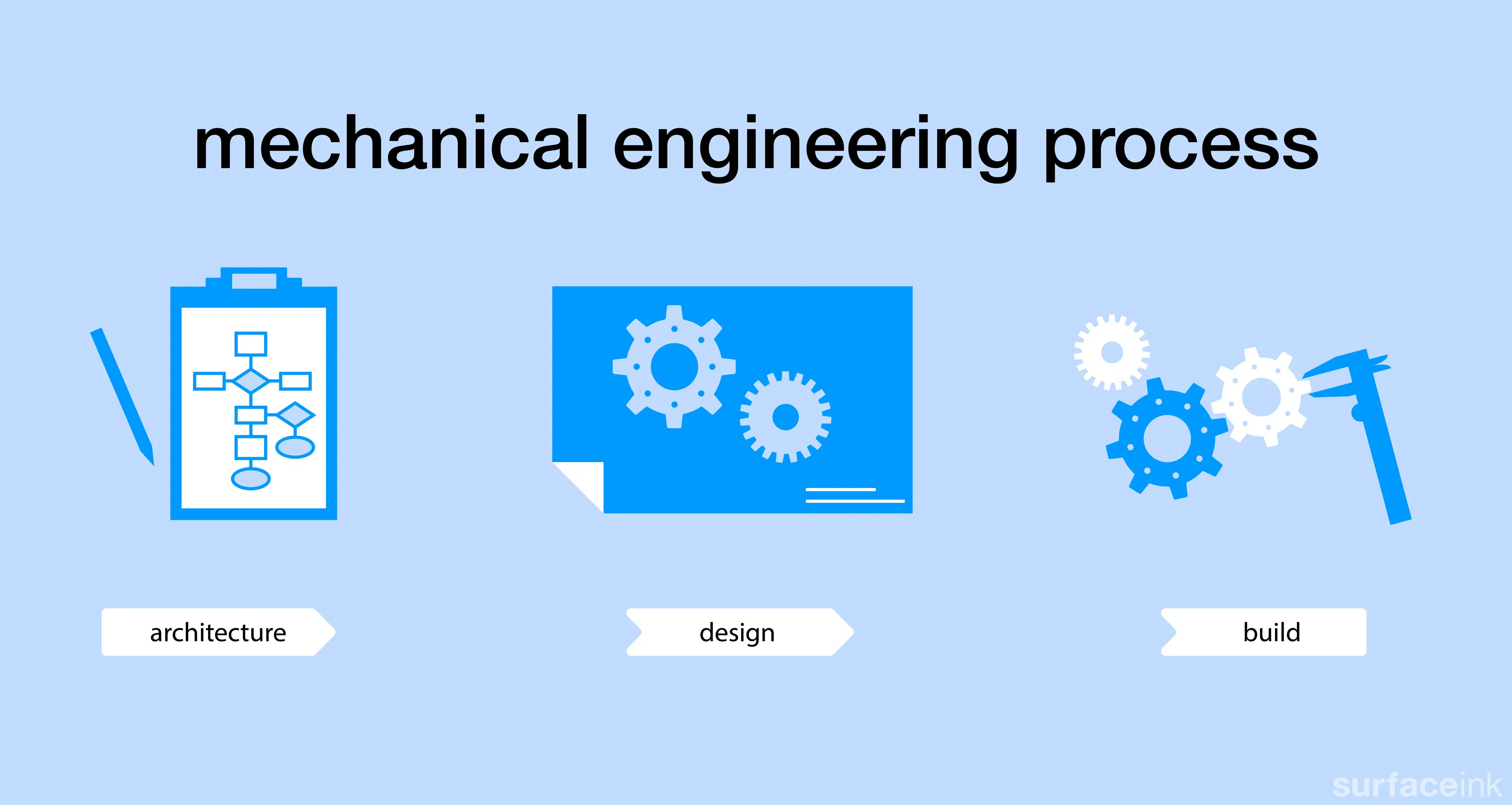
solving structural and design integration challenges
Surfaceink believes that mechanical engineering is the connection point between the original vision/idea of the product, the Industrial Design and the (eventual) functioning hardware. Our goal is to make beautiful, functional products that ultimately work as intended to improve life for the end user. This requires understanding and defining the user interaction and design as it relates to desired functional requirements and features, then integrating required components in a way that supports the design goal. Our mechanical engineering team strives to get products to market quickly, augment and expand upon technical capabilities, mitigate risks, and improve quality.
mechanical engineering capabilities
- product requirements definition
- system architecture
- assembly strategy
- complex mechanisms
- thermal architecture
- plastics, metals, ceramics/glass, composites and special materials
- functional test-bucks
- beta to high volume mass production techniques
- on-body consumer requirements and biocompatibility
- test equipment and interface
mechanical engineering process
1. architecture
This phase begins with a detailed review of the marketing and technical requirements for a given product. Our mechanical engineers work with the industrial design team to generate initial concepts. These concepts are supported by high level technical analysis to confirm production viability. The team then explores the design in CAD, evaluates trade-offs, creates exploratory breadboards to evaluate function and risk. The team also establishes detailed component layouts which allow us to better determine product size, shape, and other critical factors.
2. design
At this point the team begins detailed design and engineering; doing the exacting work to ensure the product meets all functional, technical, and assembly requirements. Along with part design, a final list of components is sourced and specified, electrical design is completed, and all factors are cross-checked in the assembly. We perform DFx analysis, create full system prototypes, work with contract manufacturing partners for design reviews, tooling and test plans.
3. build
This critical phase moves the product from a handful of prototypes to mass-production. After reviewing and refining final databases with vendors and partners to improve manufacturability, the design is released for tooling. Development builds are staged, design is transferred, and test plans are executed to ensure the product is built to performance and reliability standards. Issues are tracked and resolved, and manufacturing yield targets are increased at each step to ensure a smooth transition to mass production.
At this point, a product is ready for mass production and able to scale up as market demand increases.


